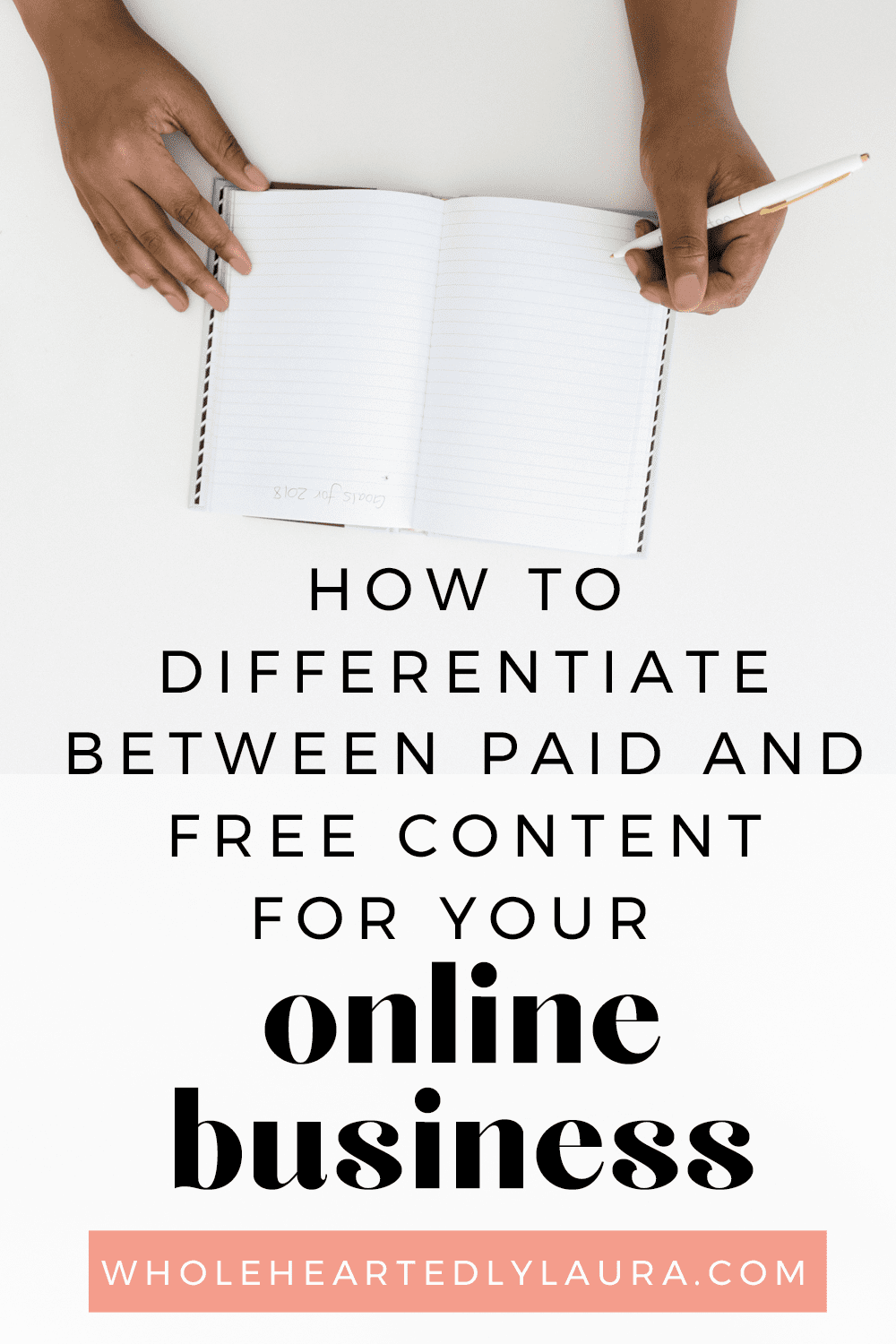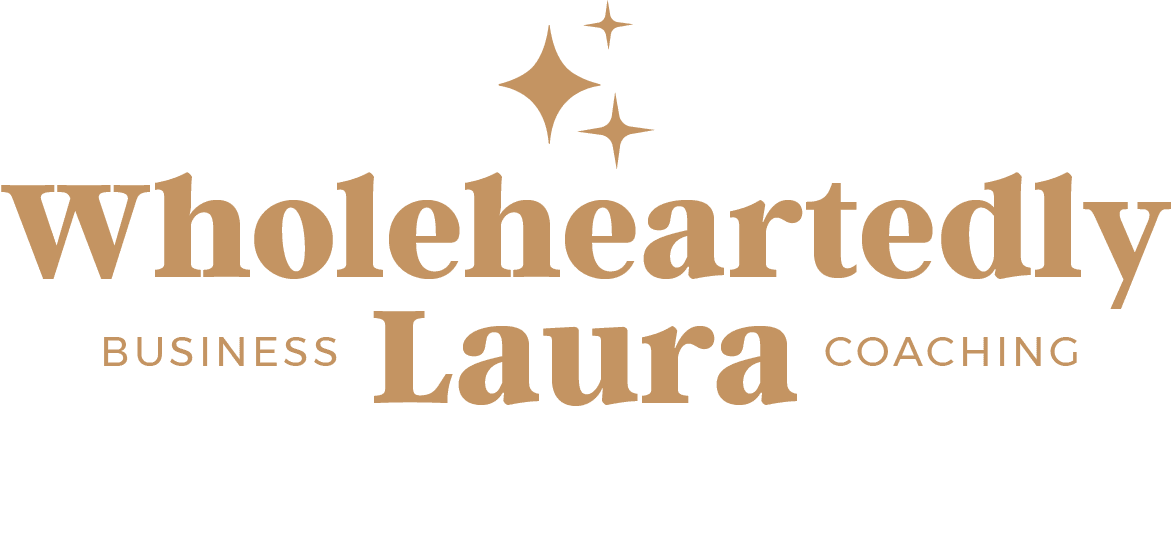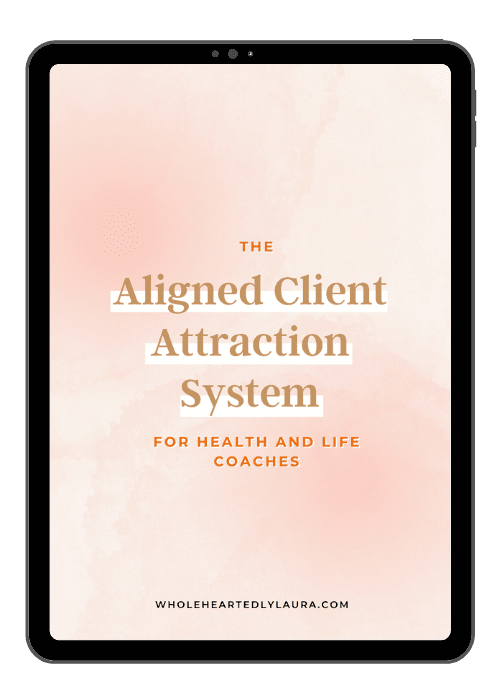So what happens when you want to create content that you charge for?
One of the biggest questions I’ve been getting asked lately in my Facebook community is –
‘If I’m thinking about creating some kind of online digital product, how do I differentiate between what I give away for free and what I charge for?’
This has become an even more important question as it may feel like a lot of people online are giving away lots of stuff for free – even, gasp, the kind of stuff you’d like to charge for!
In this post I’m going to share some different ways to approach how you decide which content you give away for free as part of your marketing and what you charge for.
Watch this episode on YouTube and subscribe to my channel here
What kind of content are we creating in our coaching businesses?
It’s extremely common to be creating content in your coaching business for a variety of purposes. What exactly is content? Well content is anything that you create for educational, inspirational or entertainment purposes. It could be social media videos or graphics, images, blog posts, podcasts, emails, PDFs, longer form videos, training slides etc.
What’s the purpose of giving away content for free?
Giving away content ‘for free’ is a key part of marketing known as content marketing. This is where we create content with the purpose of attracting, connecting with and potentially converting people into clients and customers – this is the framework I cover in Content Marketing for Coaches Kit.
When we create content strategically that is meeting a need our ideal clients have, then this serves as a way to attract them into our world. This ‘attraction’ can take place in different ways depending on the platform being used to share the content. For example, Google SEO for blog posts, Social Media algorithms for Instagram content etc.
The content we create also helps to demonstrate that we know what we’re talking about and have some knowledge, skills and expertise connected to what we do. This builds authority, trust and credibility.
The content we create for free can also serve a lead generation purpose – for example a PDF planner used to attract people onto your email list as a lead magnet or freebie. It can also actively sell your products and services – by including links to paid offers or calls to action to check out specific services.
When might we be charging for our content?
If we are creating any kind of digital product, we are creating content. This time, we will be charging for it rather than giving it away for free as we do when marketing is the purpose.
Paid content might be in the form of content for an ongoing membership, content inside a course or program or content that makes up a small digital product. This is part of how we might want to start creating a multi offer business.
We obviously want this content to be helpful, useful and serve a clear purpose just as it does for our free marketing, however, how we might approach the nature of this content can be different.
How can we begin to differentiate between what’s free and what’s paid?
Ultimately, there’s no hard and fast rules on what should be considered free or paid. What it really comes down to is the value it’s providing – and that value might shift in terms of the context that content is being seen in.
Here’s a quick rundown of some examples of free v paid options to help you see what these might look like:
- Free: general advice / Paid: personalised advice
- Free: the ‘why’ / Paid: the ‘how’
- Free: inspiration / Paid: accountability
- Free: support up to a certain point / Paid: support for the longer journey
- Free: snippet or ‘taste’/ Paid: the full monty
- Paid: Step by step
- Paid: Curated
- Paid: Working specifically with YOU
Here’s a couple of examples from my health coaching days:
My old Ultimate Self Care Kit is free which is a short guide to help you create a self care plan. My Wholehearted Self Care guide is paid and is a much fuller digital guide with recipes, a journal, a home retreat guide and more.
My old Mini Mindset Course is a free 5 day course which takes people up to a certain point with regards to understanding their mindset. My Mindset Makeover Course is a full online programme that helps people transform their mindset around food and their body and includes a lot of practical tools.
Deciding what goes where
Something to remember with regards to free content is that just because it’s free shouldn’t mean it’s crap. It’s not just ok, it can be preferable to make your free stuff absolutely your best stuff.
It’s also important to understand how a piece of content is positioned and used strategically in your business when it comes to being free for paid. An example of this might be a low cost offer priced around $9. Although it’s a paid for piece of content, it can also work like a freebie or lead magnet.
Another thing to remember is that people will happily pay for convenience – yes there’s a lot of free stuff out there but just the fact that there’s so much means that if you can provide people with a curated selection of content that’s perfectly suited to their needs, many will happily pay for that ease and time saving.
If you want to get started with creating content in general with a focus on marketing before you dive into charging for your content check out my program Content Marketing for Coaches Kit. Super Simple Passive Income is a great place to start if you’d like to explore creating a small digital product.
Let me know if these ideas have been helpful in the comments!
↓Pin for later ↓





0 Comments